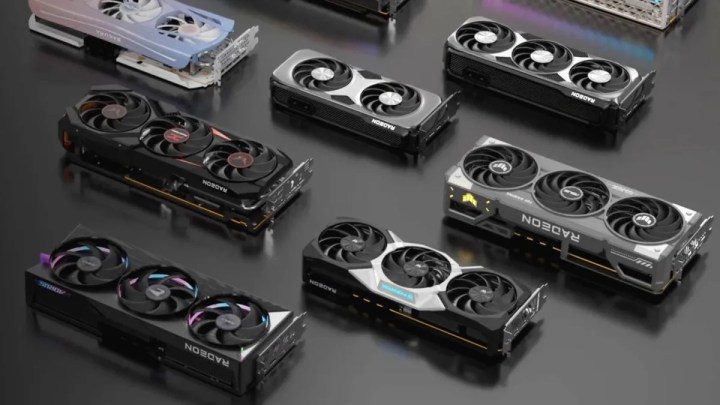What’s happened? AMD has quietly shifted the support status of its RX 6000 graphics cards (RDNA 2) into “maintenance mode”. In the release notes for the Adrenalin 25.10.2 driver, AMD states that new game support and expanded Vulkan extensions will be limited to Radeon RX 7000 and RX 9000-series GPUs. After backlash, AMD clarified to Tom’s Hardware that RX 5000 and RX 6000 cards will still receive day-one game patches and driver updates “as required by market needs”. However, major feature development will now focus on newer architectures.
- RX 6000 GPUs will continue to receive security fixes and functional patches, but no longer get full feature updates or top-tier game optimizations.
- Reddit threads reflect confusion and frustration, especially since RDNA 2 is only ~3–4 years old.
- AMD confirmed RX 5000 and RX 6000 GPUs are now grouped under a “legacy support” model, while RDNA 3 and RDNA 4 move into priority development.
Why this is important: GPUs don’t age on specs alone, but the software support is what keeps them relevant. Moving RDNA 2 into maintenance mode means owners may miss future optimizations, new technologies, and architectural boosts that keep performance competitive. Strategically, AMD is narrowing its focus on RDNA 3/4 to stay ahead of NVIDIA, but in doing so, it risks shortening the practical lifespan of one of its most successful GPU families.

For context, despite the hate NVIDIA gets, it has a long-established track record of extended support. Pascal (GTX 10-series) and Maxwell (GTX 900-series) received active driver support for roughly nine and eleven years, respectively, far outlasting what AMD is offering for RX 6000. For builders, gamers, and handheld OEMs banking on RDNA 2, this shift means future games may still run, just not at their best. Over time, the performance gap between “supported” and “priority-supported” cards will widen.
Recommended Videos
Why should I care? If you currently own, or are considering buying, an RX 6000-series GPU, this move affects both performance longevity and resale value. You’ll still receive drivers, but:
- You may miss future performance tuning, features, and API enhancements.
- Game studios will increasingly optimize for RDNA 3/4, meaning a widening gap in new titles, even if older ones run perfectly fine today.
- The card’s “optimal support window” has effectively shrunk, nudging some users toward earlier-than-expected upgrades.

Okay, so what’s next? The biggest indicator will be future patch notes: if new AAA games skip RDNA 2-specific performance work, AMD’s priority shift becomes very real. Moving forward, what owners need is clarity around consistent day-one updates and a transparent timeline for when full maintenance ends. For now, RX 6000 GPUs should remain perfectly usable, but the roadmap ahead is softer and less assured. If AMD wants to maintain trust, it must demonstrate that “maintenance mode” still means practical support, not just a polite send-off.
